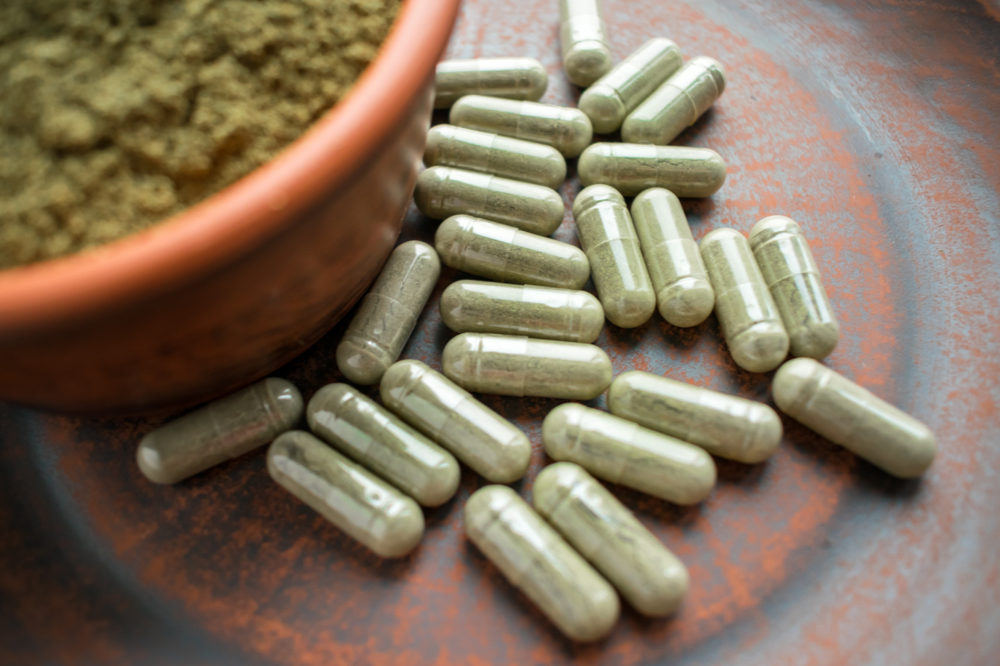U.S. Poison Control Centers Receiving Two Kratom-Related Phone Calls Per Day: Study

The number of calls poison control centers involving problems with kratom exposure has increased significantly since 2016, with an average of two reports every day, according to recent statistics.
Researchers with Nationwide Children’s Hospital in Ohio warn that kratom is linked to serious health risks, and are calling for more education about the dangers of the herbal supplement in findings of a study published this week in the medical journal Clinical Toxicology.
Kratom is a plant native to Asia, whose leaves are taken and crushed to be made into tea, or taken orally as an herbal supplement. Although the supplement is loosely regulated by the U.S. Food and Drug Administration (FDA), and the U.S. Centers for Disease Control and Prevention (CDC) has warned about the increasing popularity of the herb in recent years.

Did You Know?
Change Healthcare Data Breach Impacts Millions of Customers
A massive Change Healthcare data breach exposed the names, social security numbers, medical and personal information of potentially 100 million Americans, which have now been released on the dark web. Lawsuits are being pursued to obtain financial compensation.
Learn MoreIn this latest study, researchers analyzed kratom exposure data collected by U.S. poison control centers across the country from 2011 through 2017. The data indicates there were 1,807 kratom poisoning reports since 2011, when the product first entered the U.S. market.
However, the number of calls linked to kratom exposures has grown significantly in the past few years, with 65% of all exposures occurring in 2016 and 2017. The annual number of calls to U.S. poison control centers involving kratom product exposures increased from 13 in 2011 to nearly 700 in 2017, resulting in a wide variety of injuries ranging from mild to severe adverse health consequences.
Researchers also found that 31.8% of kratom-related resulted in an admission to a health care facility and 51.9% resulted in a serious medical outcome, including 11 deaths. Twenty-two percent of the recorded patients suffered from agitation and irritability while more than 21% were diagnosed with tachycardia; a medical condition causing the patient’s heart rate to exceed its normal resting rate. The injuries included seven reports of neonatal exposures and five cases of kratom withdrawal.
Previous studies have shown the herbal supplement may not be safe for medicinal uses, indicating its chemical compounds are similar to opioid painkillers, which are highly addictive and often abused.
In 2016, the U.S. Drug Enforcement Administration (DEA) proposed temporarily listing kratom as a Schedule I controlled substance, along with heroin and other highly addictive and dangerous drugs.
Despite known health risks, kratom products are still heavily used across the nation regularly by an estimated 5 million consumers, according to the American Kratom Association. However, some states have banned the sale and use of kratom products completely, including Alabama, Arkansas, Indiana, Tennessee, Vermont, Wisconsin, and the District of Columbia, Denver, and the cities of San Diego, California and Sarasota, Florida.
In 2018, the FDA issued a kratom warning, citing new research that found the herbal supplement to be linked to at least 44 deaths through its Adverse Event Reporting System.
There are also concerns that kratom can carry pathogens and bacteria harmful to consumers. In April 2018, the FDA issued a mandatory recall of all kratom products after linking it to a multi-state salmonella outbreak which resulted in 87 illnesses across 35 states. The outbreak caused at least 27 hospitalizations.
“Kratom is associated with a variety of serious medical outcomes, especially when used with other substances,” the researchers in this latest study concluded. “Increased regulation of kratom products would help guarantee product quality and safety. Individuals who choose to use kratom should be educated about its potential risks, including the dangers of using it in combination with other substances.”




0 Comments